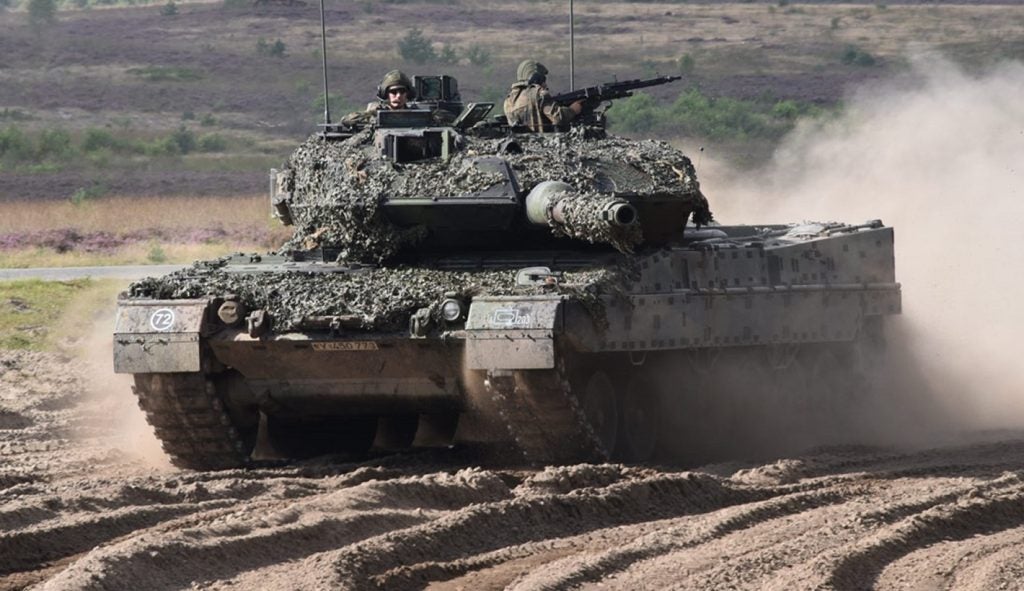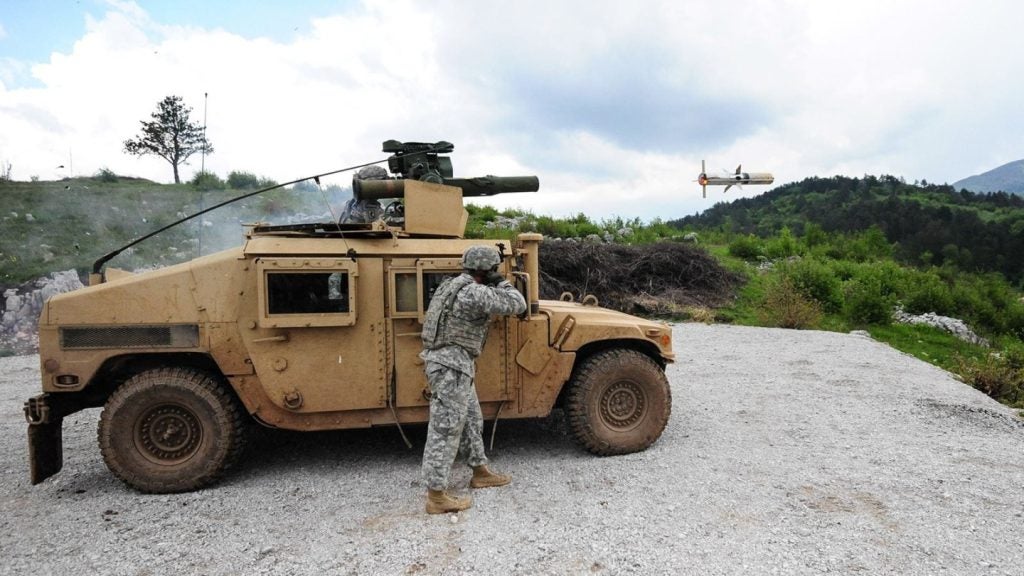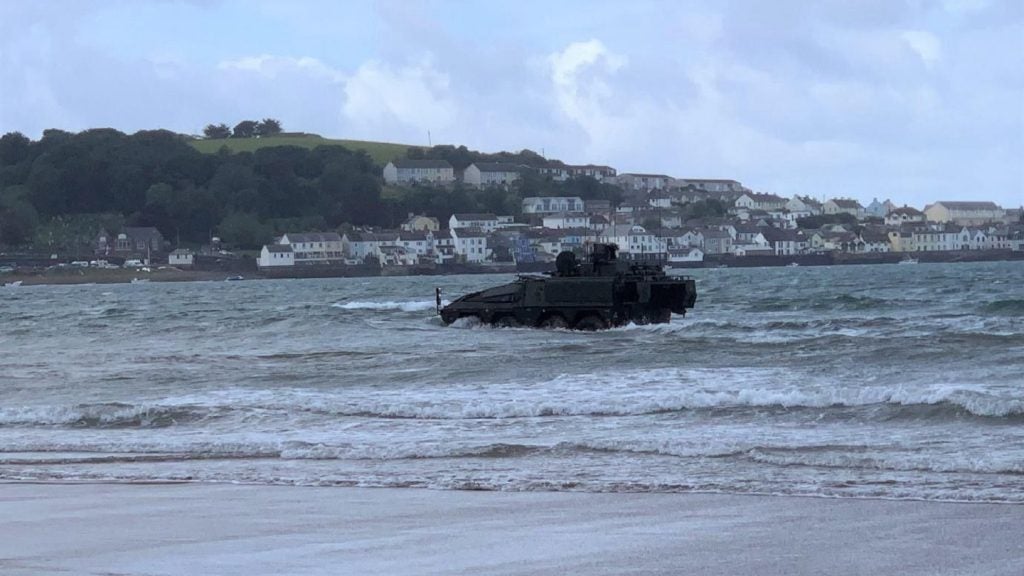The US Army is in the initial stages of designing a next-generation multirole helicopter under the joint multirole (JMR) programme to replace the majority of its existing aircraft fleet.
The JMR programme, a subset of the Pentagon’s joint future vertical lift effort, is aimed at developing a family of helicopters with enhanced avionics, electronics, range, speed, propulsion, survivability, operating density altitudes and payload capacity.
The helicopters to be developed will likely replace the army’s existing UH-60 Black Hawk, AH-64 Apache, and CH-47 Chinook helicopters, as well as similar aircraft used by the navy, air force and marine corps.
Four new rotorcraft including light, medium, heavy and ultra-sized variants will be developed sequentially and will feature common hardware including sensors, avionics, engines, manned-unmanned teaming capability with a speed of 170kt and a combat radius of 424km.
The new helicopter is also expected to feature autonomous flight capability and tilt-rotor technology to achieve higher speeds with a full combat load at an altitude of 6,000ft under hot weather conditions.
The aircraft will be used for multiple missions including armed scout, attack, utility, anti-submarine warfare, anti-surface warfare, search and rescue (SAR), special warfare support, vertical replenishment and airborne mine countermeasures.
How well do you really know your competitors?
Access the most comprehensive Company Profiles on the market, powered by GlobalData. Save hours of research. Gain competitive edge.

Thank you!
Your download email will arrive shortly
Not ready to buy yet? Download a free sample
We are confident about the unique quality of our Company Profiles. However, we want you to make the most beneficial decision for your business, so we offer a free sample that you can download by submitting the below form
By GlobalDataThe programme is divided into two phases which includes a Configuration and Trades Analysis (CT&A) phase, with the second phase comprising of trade studies and the development of mission systems.
The first phase will be supported by four industry teams that include Boeing, a Bell-Boeing team, Sikorsky and AVX Corporation, which will specify the requirements needed to build a new aircraft.
Program Executive Office – aviation science and technology manager Dave Weller said: "Right now the plan is to go through the first phase to define what the state of the possible would be, followed by a down-select to build two demonstrators."
Designing of several demonstrator aircraft is expected to begin by 2013 with the first flight test to take place in 2017 followed by operational deployment in 2030.







